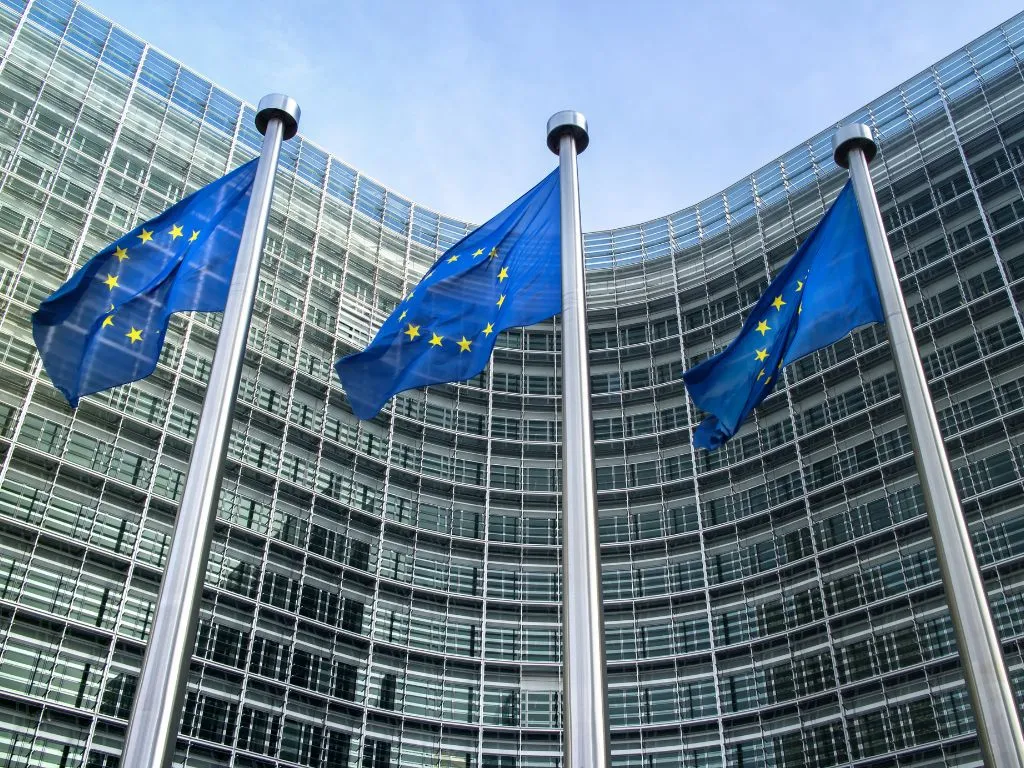News Details

European Commission outlines alternatives for REACH reform and operationalization of essential use concept
On July 6, 2022, at the meeting of CARACAL (the EU’s expert group bringing together the Competent Authorities for the REACH and CLP Regulations), the European Commission presented some of the options it is currently considering for the reform of the Registration and Authorisation regimes under REACH.
The revision of the REACH Regulation is one of the key ongoing processes in what comes to chemicals legislation. It is expected to address current shortcomings with the regulation’s implementation. It also seeks to bring it in line with the EU’s ambition for a pollution-free environment under the European Green Deal and the EU Chemicals Strategy for Sustainability, especially the operationalization of an “essential use” approach governing the acceptable uses of chemical substances.
Reform of the Authorisation and Restriction Regimes
Some of the key shortcomings that the review seeks to address are the slow pace, inflexibility, and overall complexity of both the authorisation and restriction procedures under REACH – which are its two main tools in what comes to phasing-out hazardous chemicals. Under Authorisation, Substances of Very High Concern (SVHCs) can generally only be used once an individual authorisation is obtained. Only the applicants for an authorisation benefit from it. Under Registration, on the other hand, general requirements for the use of specific substances are set (which all economic operators must respect).
The Commission working paper discussed at the CARACAL meeting presented three options in relation to the Restriction and Authorisation regimes. A first option would see the current system maintained, where substances can either be subject to Authorisation or Restriction and can be used in line with authorisations or restriction derogations.
A second option would merge authorisation and restrictions into one single system. While the procedures to identify SVHCs would remain the same, the outcome of this designation would be similar to that of restrictions (for instance, SVHCs would be included in the same Annex as restricted substances). In relation to this second option, the Commission is also deciding how the remaining possibilities for use would be established. In addition to the existing approaches (general pre-established rules and individual applications), a new possibility for authorisations benefitting all actors beyond the applicants is being considered. The new rules would apply to both SVHCs and restricted substances, which would essentially become the same group of substances.
A third and final option is to abandon the authorisation regime altogether and rely instead on restrictions as the main tool to enforce chemical legislation at the European level (complemented by national legislation).
Implementing “essential use” into EU Chemicals legislation
As regards the implementation of the “essential use” concept, the Commission restates that this implies that chemicals can only be used where they are necessary for health, safety, or the functioning of society, and where there are no acceptable alternatives. While this standard might not apply to all chemicals – the paper speaks about “the most harmful chemicals” – it clearly signals a push for more stringent chemicals regulation.
The idea of essential use would therefore be relevant when assessing applications for authorisation or when setting the general rules under restrictions. The Commission is considering several options to bring this concept into European law, ranging from the adoption of non-binding guidance to the introduction of legal changes replacing socio-economic analysis with essential use considerations.
The Commission is also considering two different procedures for this essentiality assessment. Under a first proposal, in cases where the availability of alternatives is hard to establish in a preliminary analysis by the ECHA secretariat, a committee composed of the Member States would decide on the essentiality of the use in parallel with the assessments in ECHA’s Socio-Economic Analysis and Risk Assessment Committees. In the second option, the essentiality assessment by the Member States will be placed at the beginning of the process, and only unclear cases would be studied by ECHA’s Committee.
While the fact that the Commission is still considering several options makes it hard for businesses to anticipate upcoming compliance implications, the options under consideration signal a commitment to advance toward the vision set out in the European Green Deal. Comprehensive chemical management and the phase-out of substances of concern is an essential part of the said vision and many of the ongoing changes point in that direction.
We acknowledge that the above information has been compiled from Europa.


